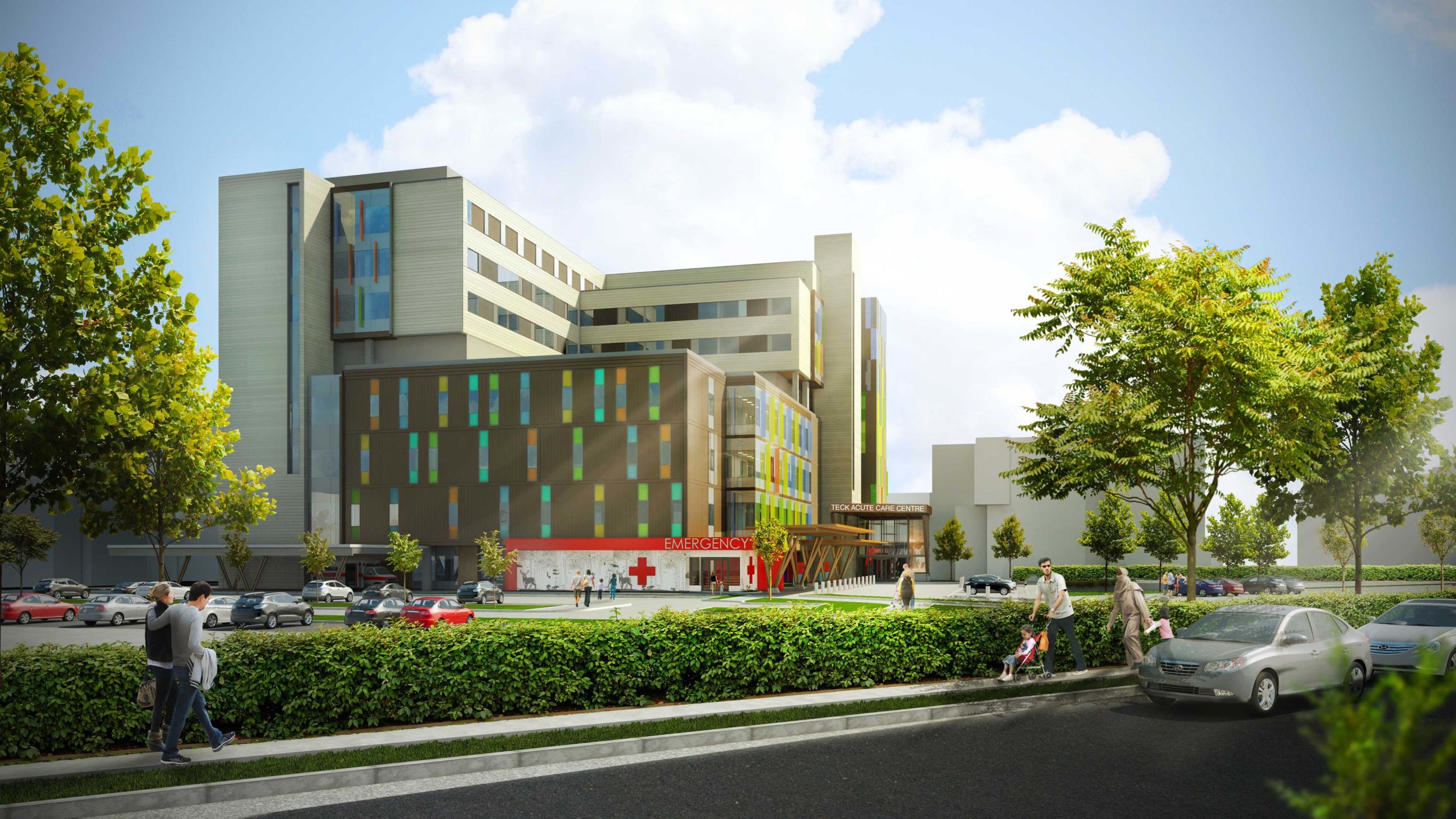To design and construct high-performing and cost-effective health-care facilities over the long term in British Columbia, it is imperative to design infrastructure and building systems to be resilient to climate shocks and stresses such as extreme heat (heat waves) and warming temperatures.
Future climate data based on research and modelling of climate change projections across B.C. is now publicly available. However, future design conditions are not yet part of the National Building Code or the BC Building Code. As a result, there is currently no consistent approach for how to incorporate this new information into capital project planning and design, in addition to code compliance requirements.
In the absence of direction from building codes on what design temperatures to use in designing for current and future climates, a methodology has been developed to provide design teams with a clear and consistent approach to interpreting future climate data for use in climate-resilient health facility planning and design.
This methodology is focused on how to:
- Establish design conditions for cooling using future climate data sets
- Use future shifted weather files in energy and thermal comfort models to verify the performance of a proposed project design in future climates.
This document is intended to be used in conjunction with the Climate Resilience Guidelines for BC Health Facility Planning & Design.
The document is structured per the following:
- Section 1 – Introduction: provides context, objective, and limitations of the methodology
- Section 2 – Climate Data References: summarizes available data sets (per August 2020) for use when establishing future design conditions
- Section 3 – Methodology to Establish Future Design Conditions: describes the methodology of how to establish future design conditions on a project
- Section 4 – Developing or Preserving Pathways: summarizes example outcomes of a climate assessment that can be used to develop pathways for planning and design of new health-care facilities today
The methodology and process have been developed by reLoad Sustainable Design Inc, in collaboration with Pacific Climate Impacts Consortium (PCIC) and the Energy and Environmental Sustainability (EES) team. EES serves Fraser Health, Providence Health Care, the Provincial Health Services Authority and Vancouver Coastal Health.









